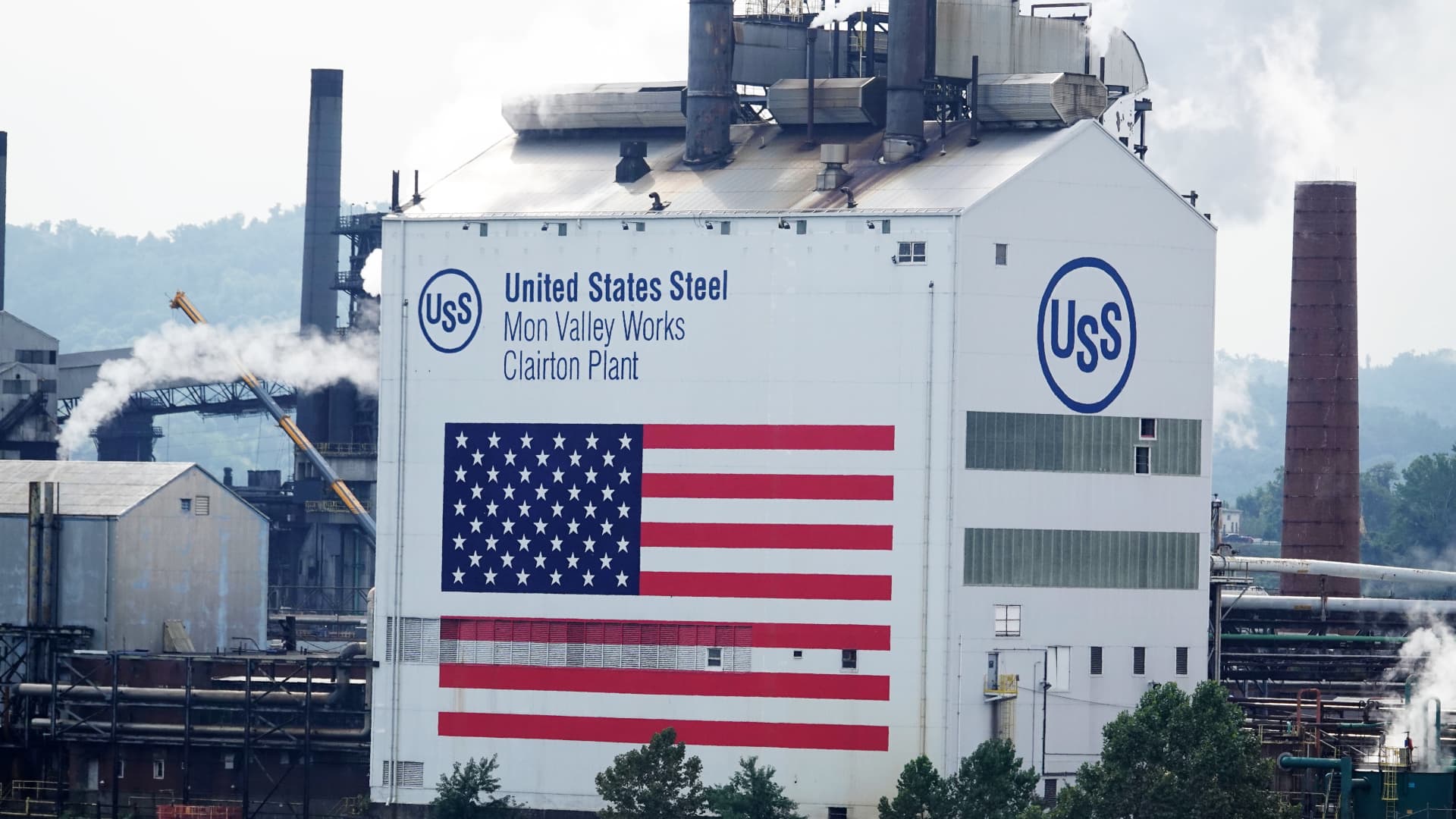Nippon’s Strategic Acquisition: A Game Changer for U.S. Steel
As Nippon Steel prepares to finalize its acquisition of U.S. Steel at $55 per share, the implications of this significant move are reverberating throughout the steel industry. This acquisition raises questions about the future of steel production and global markets, prompting industry experts to analyze its potential impacts.
The Rationale Behind the Acquisition
Nippon Steel’s decision to acquire U.S. Steel is driven by a combination of strategic and economic factors. With a historical backdrop of fluctuating steel prices and increasing demand for high-quality steel, Nippon aims to strengthen its position in the global market. According to industry analyst Kenji Takahashi, “This acquisition allows Nippon to tap into U.S. Steel’s established infrastructure and customer base, significantly expanding its market presence in North America.”
Impact on Steel Production
The acquisition is expected to reshape the landscape of steel production in several ways:
- Increased Production Capacity: Nippon Steel plans to invest in modernizing U.S. Steel’s facilities, which could lead to an increase in production capacity. This modernization is crucial as the demand for steel continues to rise in sectors such as construction and automotive.
- Enhanced Technological Integration: By merging technologies, Nippon can leverage innovations in steel manufacturing, potentially leading to improved efficiency and reduced environmental impact.
- Market Dynamics: The acquisition may also lead to changes in pricing strategies within the industry. With Nippon’s resources, U.S. Steel could adopt aggressive pricing to capture market share, challenging other steel producers.
Global Market Implications
The acquisition is not merely a domestic concern; it carries significant implications for the global steel market. As Nippon strengthens its foothold in North America, other international steel producers may feel compelled to respond. This could lead to:
- Increased Competition: Rivals may need to innovate or adjust pricing strategies to maintain their market positions, potentially leading to a more competitive landscape.
- Supply Chain Adjustments: Changes in production and sourcing strategies could affect global supply chains, particularly for raw materials like iron ore and coal.
- Trade Dynamics: The acquisition may influence trade policies, especially if Nippon Steel seeks to export U.S. Steel products to Asian markets.
Expert Insights on Future Trends
Industry experts are closely monitoring the situation, with many predicting a shift in market dynamics. “The integration of U.S. Steel into Nippon’s operations could lead to a more streamlined supply chain, ultimately benefiting consumers with lower prices and higher-quality products,” notes steel market analyst Sarah Johnson.
Moreover, the acquisition aligns with a broader trend of consolidation within the steel industry. As companies strive to enhance operational efficiencies and adapt to changing market conditions, further mergers and acquisitions may be on the horizon.
Challenges Ahead
While the acquisition presents numerous opportunities, it is not without challenges. Nippon Steel will need to navigate potential regulatory hurdles, particularly in the U.S., where antitrust concerns may arise. Additionally, integrating two large corporations with distinct cultures can lead to internal friction if not managed effectively.
Furthermore, the ongoing volatility in raw material prices poses a risk. If prices escalate, it could impact profit margins and lead to difficult decisions regarding pricing strategies and investments.
Conclusion: A Pivotal Moment for the Steel Industry
Nippon’s acquisition of U.S. Steel at $55 per share is a bold move that signals a new era for the steel industry. With the potential for increased production capacity, enhanced technological integration, and a shift in global market dynamics, this acquisition is poised to reshape the future of steel production.
As industry players adapt to these changes, consumers and stakeholders alike will be watching closely. The coming years may redefine the landscape of the steel industry, making it essential for all participants to remain agile and responsive to evolving trends.
Call to Action: Stay informed about the latest developments in the steel industry and how they may affect you. Subscribe to our newsletter for ongoing analysis and expert insights.
See more Business Focus Insider Team

